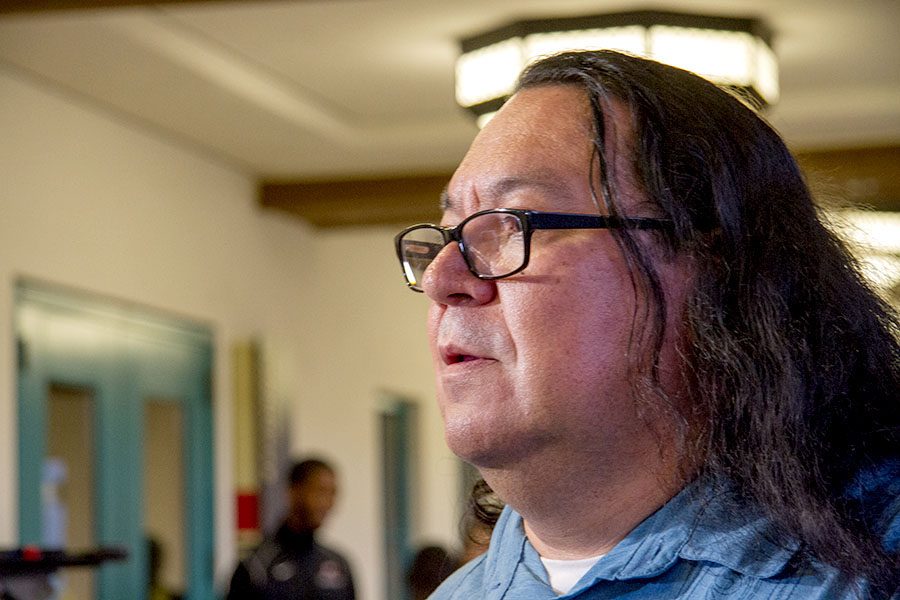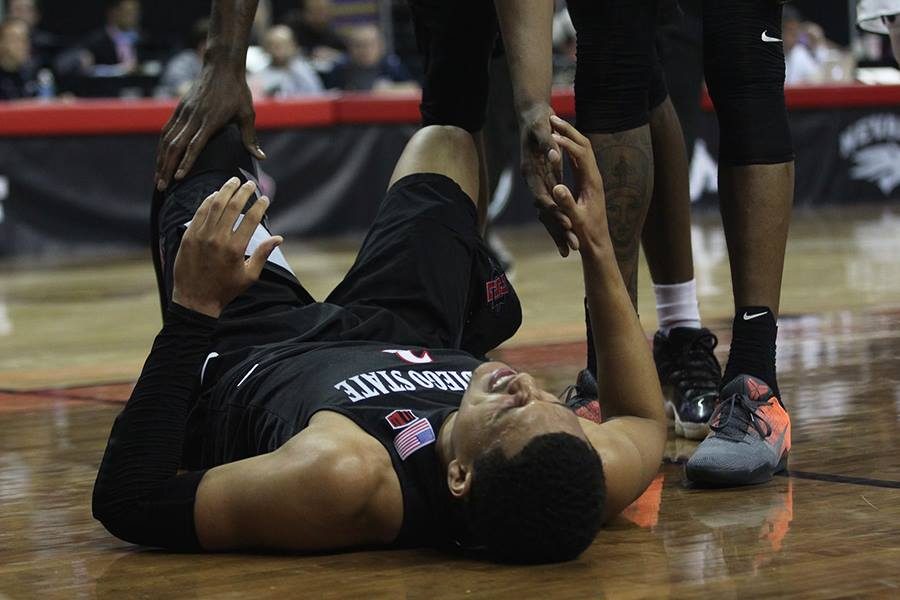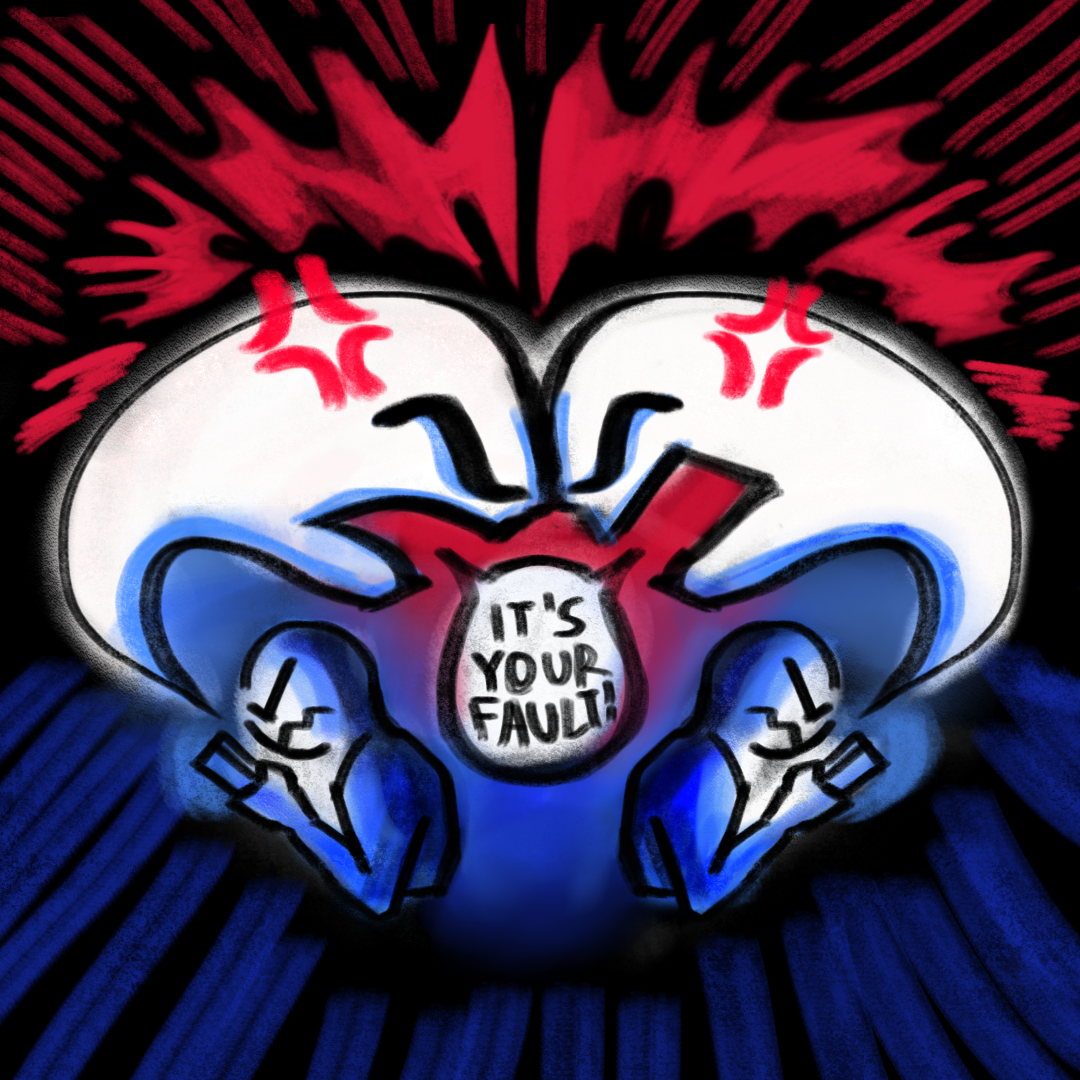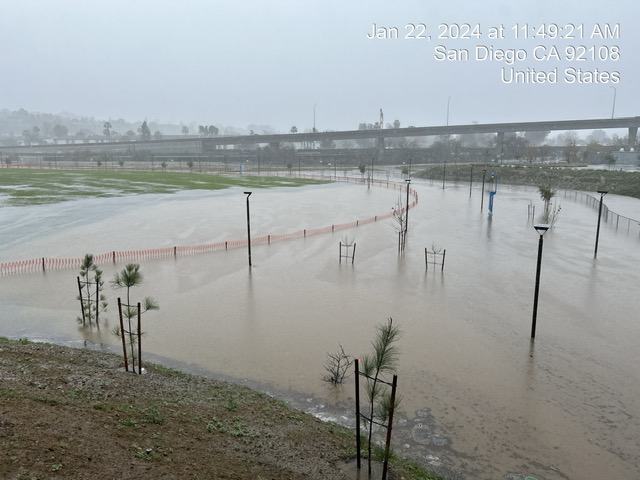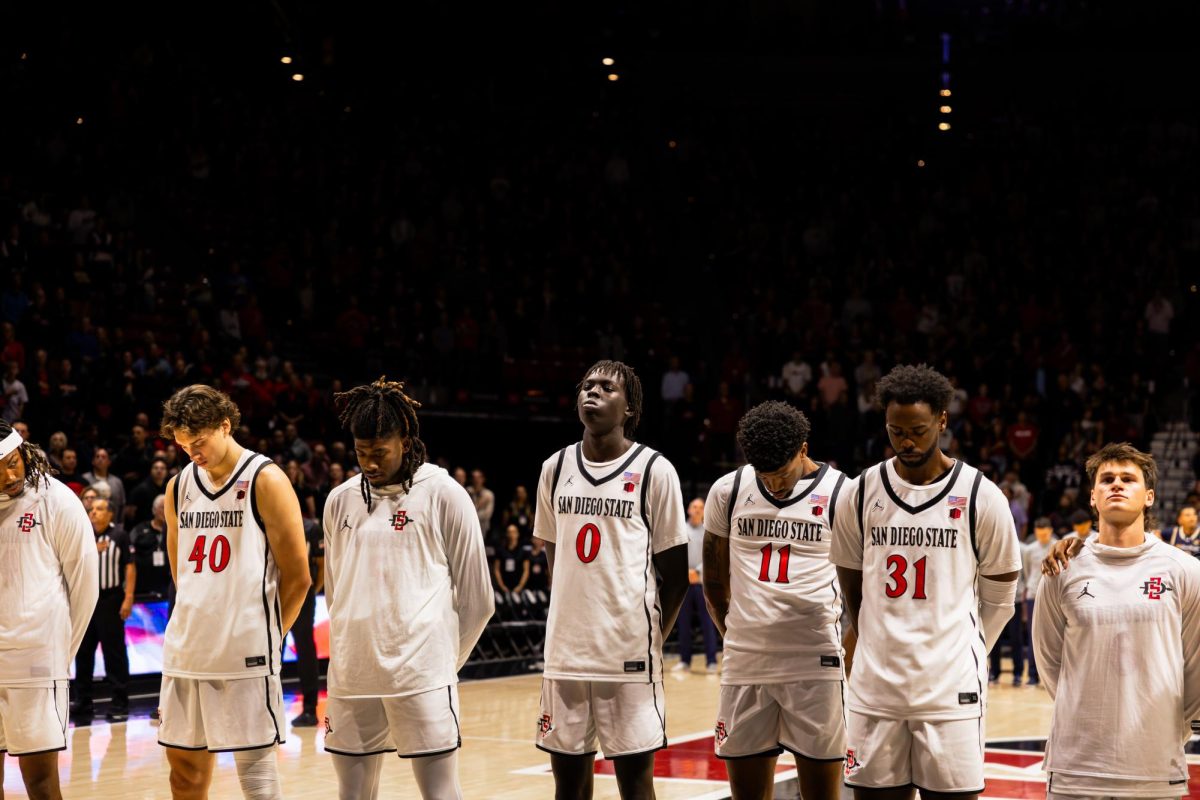San Diego State geography professor Ming-Hsiang Tsou and communications professor Brian Spitzberg recently collaborated to design a Twitter emergency alert system with influential tweeters in the area. Although this innovation seems like a good idea, the consequences prove more harmful than not.
Tsou teamed up with the San Diego Office of Emergency Services to gain access to San Diego County’s official Twitter account. Using the data achieved through this level of access, Tsou will pick 1,000 most of the most influential Tweeters based on location, interests and level of activity.
With the boom of multimedia, everyone can be a journalist. Citizen journalism has become so impactful it is often encouraged by professional journalists. However, without the proper foundation and knowledge, citizen journalism may not always be the best outlet for information dissemination.
Tsou said some cities use social media to monitor emergencies, but don’t use the technology for emergency alerts. This Twitter campaign will be used to “accelerate the speed of how information is being sent and actively monitor and analyze how effective it is.”
Alerting a community of emergencies is crucial, but at what cost? Releasing false or miscommunicated information, because of lack of knowledge and rushed responses, can have dire consequences. Information, when taken from the hands of professionals and given to the amateur tweeters of Tsou’s system, can be easily mismanaged.
Tsou claims rumors and false information may be caught and corrected by county officials. But is that even worth the risk? The cleanup work requires more effort than if the alerts were sent out directly by county officials.
In emergencies, there is no room for error in reporting, especially when followers look to you for information — after all, you are playing the role of a journalist. Under these circumstances, the information being released is impactful, placing the credibility of the tweeter and county officials on the line.
In addition, Twitter may be a very popular social media site but officials must keep in mind not everyone has a Twitter, or a smartphone to check it with. With such circumstances, these alerts will get lost in the twittersphere.
Sending out emergency text messages is the best way to reach a larger number of people. Rather than having to rely on an app or Wi-Fi, text messages reach still reach most individuals with the most basic feature on their cellphone.
In the grander scheme of things, the Office of Emergency provides information about emergency situations such as wildfires, extreme weather and health concerns. Although these emergencies are important, SDSU students would benefit more if these hypotheticals expanded to campus-wide safety as well.
With regards to proximity and prominence, a nearby campus lockdown would be more relevant to college students than wildfires miles away. This doesn’t make one emergency less urgent than the next, but it relates to the publics affected.
Aside from the system’s shortcomings, more effective means of communication already exist.
The San Diego County Emergency Site is working with the SDFD to provide a mobile app called ReadySanDiego. ReadySanDiego is backed by the Office of Emergency containing information about disaster/emergency preparedness, interactive checklists, building emergency kits, updates, interactive maps and shelter locations.
The County of San Diego has also partnered with Blackboard Connect Inc. to create a system sending telephone notifications to local residents and businesses.
Between SDSU crime alerts, ReadySanDiego and telephone alerts are all published by officials, leaving no need for this Twitter attraction. There are too many loopholes in this system, allowing more room for error. In regards to emergency alerts, more reliable sources have handled the job before, and are more the suited to keep doing so.



